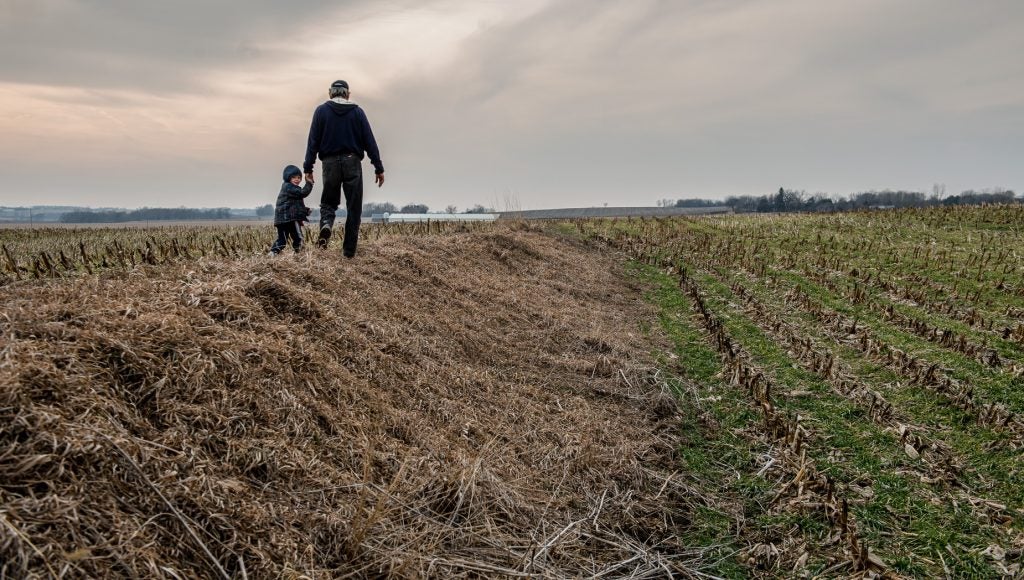On “Outside Is the Ocean”: An Interview with Matthew Lansburgh
“Writing is, in many ways, an act of faith. You have to believe in yourself. You have to work towards a goal that may, at first, seem inaccessible and far-fetched.”
On “Outside Is the Ocean”: An Interview with Matthew Lansburgh Read More »
“Writing is, in many ways, an act of faith. You have to believe in yourself. You have to work towards a goal that may, at first, seem inaccessible and far-fetched.”








